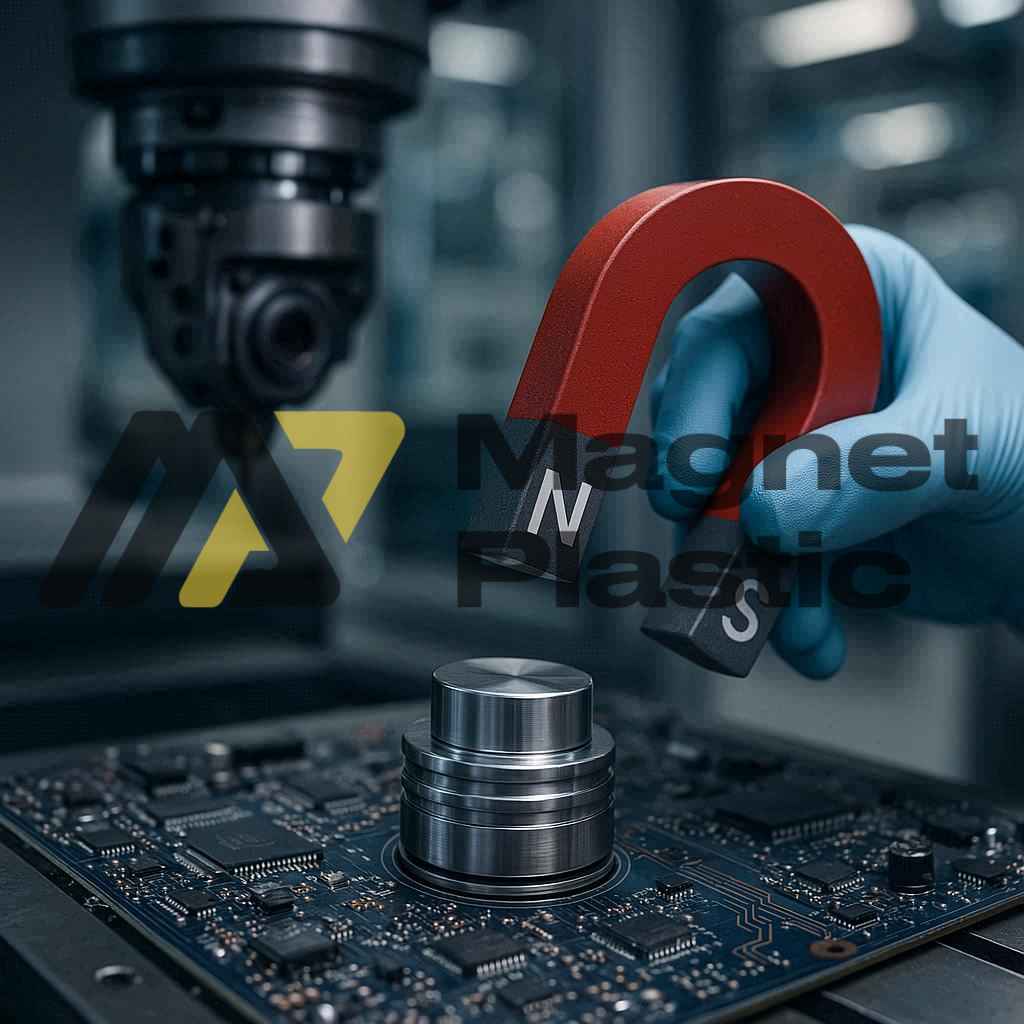High-Tech Industry and the Role of Magnetism
The high-tech industry is defined by its constant pursuit of miniaturization, precision, and efficiency. In this context, where every detail is crucial, magnets and magnetic systems have become essential components, offering innovative solutions for a wide range of applications. However, this central role also brings increasing demands for quality, safety, and reliability.
The Importance of Magnets in High Technology
A magnet in industry is not just a standard component. Each permanent magnet has unique magnetic properties, specific tolerances, and distinctive finishes, which require both in-depth theoretical knowledge and practical expertise in production techniques. The use of magnets in high-tech sectors allows the development of devices that are more compact, efficient, and reliable—qualities that are critical in areas such as advanced electronics, robotics, medicine, and the automotive industry.
Customization and Miniaturization
Customization is a key factor in designing magnets for high-tech applications. Each project requires detailed calculations and simulations to ensure the magnetic system perfectly meets specific needs. An incorrect assumption or design can result in an inefficient system or one that does not meet required values. In this regard, numerical simulations and specialized software make it possible to validate magnet performance even before the prototype stage.
Miniaturization is one of the greatest challenges: magnets must maintain their power and stability in increasingly smaller dimensions. This requires ongoing research into new materials, coatings, shapes, and magnetization directions.
Materials and Quality
The majority of magnets used in high technology are made from rare earth materials, particularly neodymium-iron-boron (NdFeB) and samarium-cobalt (SmCo) alloys. These materials provide exceptional magnetic strength, but their production requires strict quality control and traceability.
Complex manufacturing processes, combined with the need for clean and precise production environments, impose rigorous standards of safety and sustainability. Additionally, since magnetic fields are invisible but extremely powerful, magnets must be handled with care at every stage—production, transport, packaging, and installation.
Innovation and Development
For companies such as Magnetplastic, the challenge lies in balancing innovation with rapid development while maintaining high quality. Research and development departments work continuously on new shapes, compositions, and tolerances in order to adapt to the evolving needs of the industry.
The use of simulation software and advanced measuring equipment ensures that magnets comply with specifications from the earliest design phases. Moreover, compliance with international standards such as ISO 9001, ISO 14001, RoHS, and REACH provides full traceability and builds trust in every delivery.
Safety and Sustainability
Safety is a crucial aspect. Proper packaging and marking not only protect people and machinery but also ensure compliance with regulations in the high-tech industry. At the same time, production processes must integrate sustainable practices that minimize environmental impact, in line with international standards.
Conclusion
The high-tech industry is advancing at great speed, and magnets are becoming indispensable to this progress. Their combination of power, versatility, and adaptability makes them essential allies in developing products that are increasingly precise, safe, and efficient. Through continuous innovation, quality control, and customization, magnetic systems will continue to play a key role in the future of advanced technologies.
